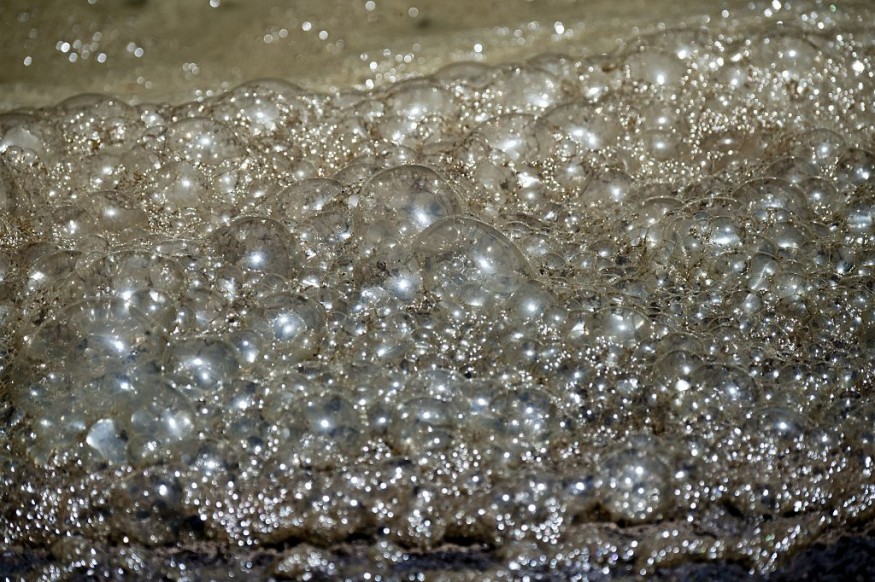
Several natural phenomena suggest that Earth is alive and 'breathing', one of which is the boiling water in some of the Arctic lakes.
This "violent rolling boil" is actually a potent greenhouse gas called methane, created by an array of natural and human-made processes, having the potential to warm the planet around 30 times higher than carbon dioxide over 100 years, NewsWeek reports.
Man-made sources such as landfills and coal mines are major contributors of methane, but can naturally be emitted from both land and sea, according to EPA.
Another source of methane that has become "less and less stable" is no other than permafrost - a permanently frozen layer on or under Earth's surface for hundreds of thousands of years, which can be found on land and below the ocean floor. Apparently, they are also present in Arctic lakes.
A "Violent Rolling Boil" in the Siberian lakes
"They look like the water is boiling," Katey Walter Anthony, a fond researcher of methane emissions and author of the book Chasing Lakes: Love, Science, and the Secrets of the Arctic, told NewsWeek. "Like there's this violent rolling boil, sometimes there's a sound and so it can be almost spooky."
Walter Anthony has been researching methane emissions from Arctic lakes for decades and even worked on one in Siberia when she was a graduate student. "I could see that methane was coming out but they were not going in my traps," she narrated. "At my wit's end, one year I decided to stay in Siberia for the winter-a lot of scientists go back to their universities in the fall.
"Everything froze up. I went out on the ice with my monitors and what we saw, my mouth dropped open. We saw bubbles of ice in the lake that was pitch black. There were these white beautiful clusters of bubbles."
However, the researcher notes they were not everywhere and were very strong on point sources, "like looking up at the sky at night, and most of the sky is black," where methane looks like a star in the lake, with thousands of points that were "bubbling".
A Eureka moment
Walter Anthony discovered these bubbles when she spent a winter in Siberia tracing methane in lakes. "That was a Eureka moment," she said.
The methane lakes across the Arctic are so vast and remote that no one can really tell how many of these permafrost lakes are out there, or whether there are new lakes forming. Nonetheless, it is important that these sources of methane emissions across the world are understood and what role they may play in future climate change.
As Earth warms and permafrost thaws, more methane is released. Definitely, it is not around to keep global warming below 1.5 degrees Celcius on pre-industrial levels, as per Feedback Global.
According to Walter Anthony, the permafrost thaw will not likely become a "time bomb" and "not catastrophic, but it is an important headwind." The problem is global warming itself and that if it is not curbed, it will be "enough to open the freezer door."
Related article : Scientists Discover the Source of the World's Most Active Volcano
© 2025 NatureWorldNews.com All rights reserved. Do not reproduce without permission.





